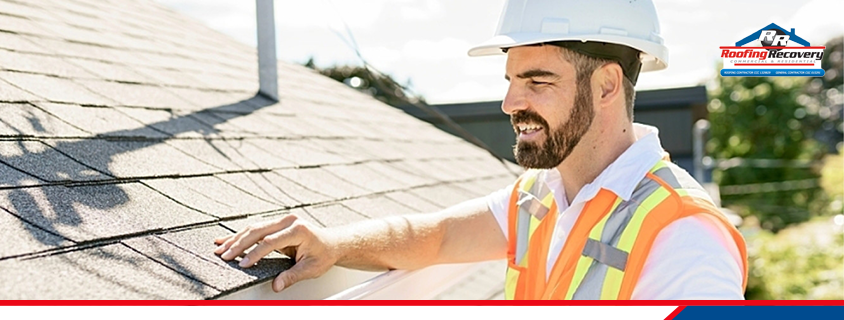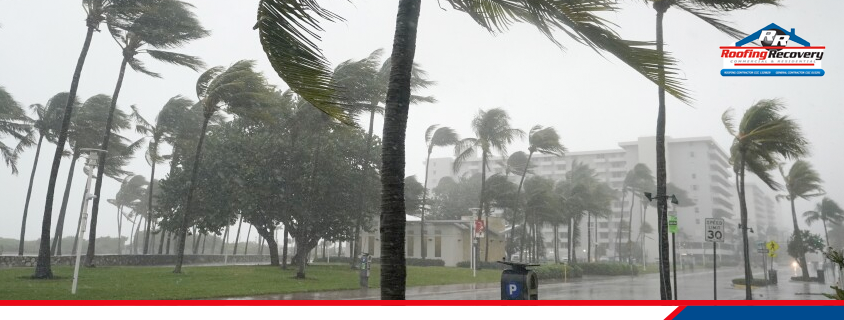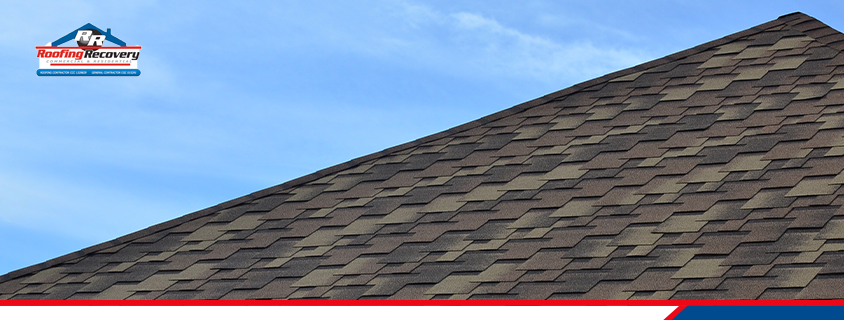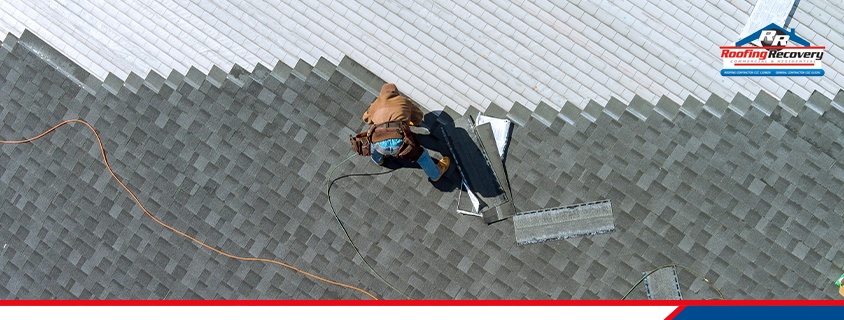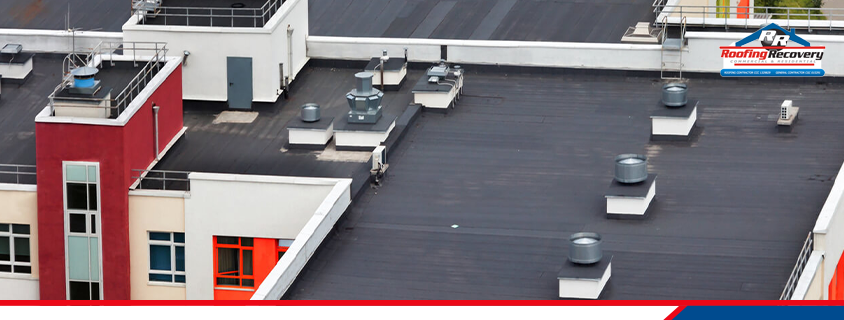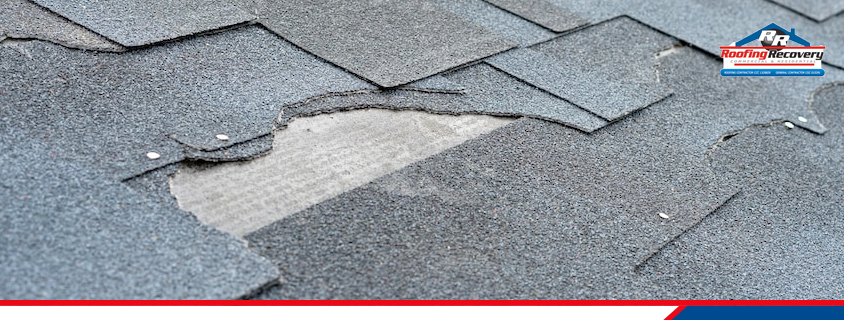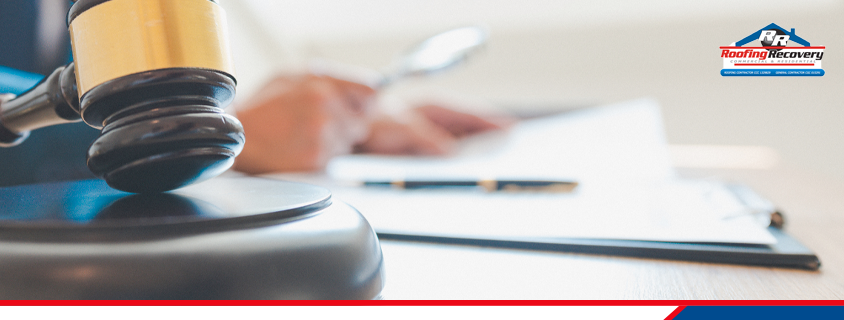Roof inspections are an important aspect of home maintenance that should not be overlooked. While it’s easy to take your roof for granted, it’s a critical component of your home’s structural integrity and protection against the elements. A professional roof inspection can help identify potential problems before they become major issues, saving you time, money, and stress in the long run.
In this post, we’ll explore the importance of roof inspections and the benefits they offer to homeowners.
Early Detection of Problems
Regular roof inspections can help detect problems early, before they become major issues. This is important because minor problems can quickly turn into major ones if they are not addressed promptly. For example, a small leak may seem insignificant at first, but it can quickly lead to water damage, mold growth, and even structural damage if left untreated.
Improved Energy Efficiency
A well-maintained roof can help improve your home’s energy efficiency by reducing heat loss in the winter and heat gain in the summer. During a roof inspection, a professional can identify any areas where insulation is lacking or where air is escaping, allowing you to make necessary improvements to your home’s energy efficiency.
Protecting Your Investment
Your home is likely one of the biggest investments you’ll ever make, and your roof is a critical component of that investment. Regular roof inspections can help protect your investment by identifying potential problems before they become major issues. This can help you avoid costly repairs or even a full roof replacement down the road.
Ensuring Safety
A damaged or deteriorating roof can pose a safety hazard to you and your family. For example, a weakened roof can be more susceptible to collapse during a storm or under heavy snow. Regular roof inspections can help ensure that your roof is in good condition and not posing any safety risks.
Meeting Insurance Requirements
Many insurance companies require regular roof inspections as part of their coverage. Failing to have your roof inspected on a regular basis could result in your insurance coverage being voided in the event of a claim. By having your roof inspected regularly, you can ensure that you meet your insurance company’s requirements and protect your coverage.
In conclusion, roof inspections are an important aspect of home maintenance that should not be overlooked. They can help identify potential problems early, improve energy efficiency, protect your investment, ensure safety, and meet insurance requirements. If you haven’t had your roof inspected recently, now is the time to schedule an appointment with a professional to ensure that your roof is in good condition and providing the protection your home needs.

